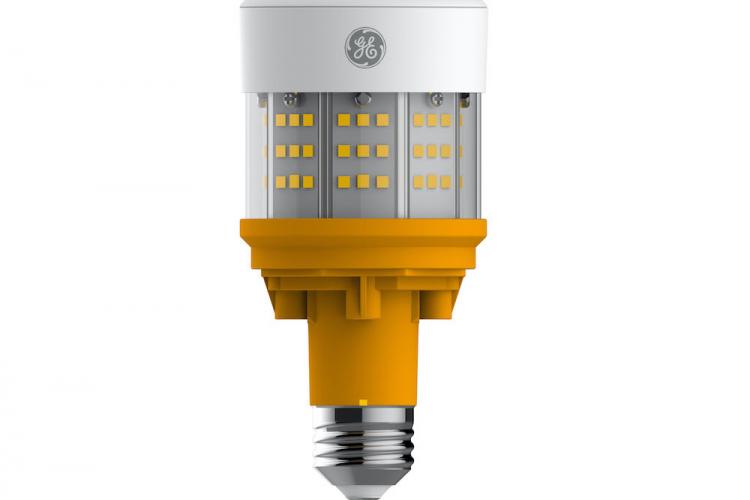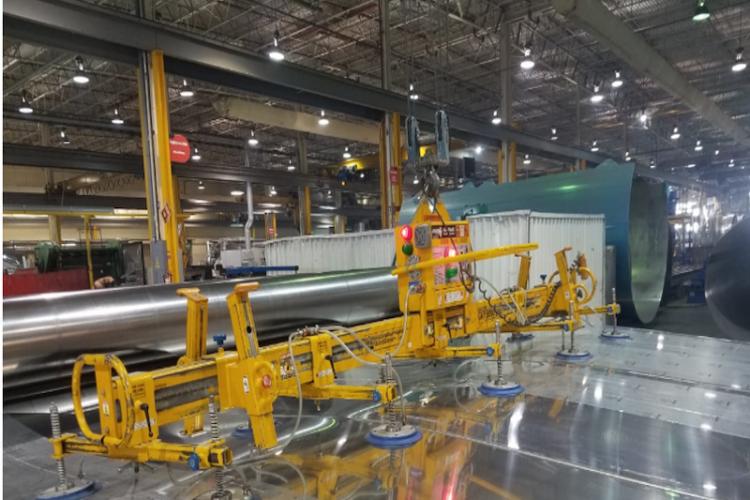Why Get an Energy Audit?
Why Get an Energy Audit?
Why Get an Energy Audit?
An energy audit is a good exercise to start looking for ways to improve building performance. An audit can give an organization the data needed to identify, prioritize and implement energy efficiency measures, many of which pay for themselves in five years or less.
Energy audits provide vital information about how a building is operating, reveal energy efficiency opportunities, and ensure heating, ventilation, air conditioning, lighting and other building systems are operating effectively and efficiently. Many organizations work with an energy services company (ESCO) or qualified energy engineer to conduct their audits.
Facility directors looking for ways to improve building performance, reduce energy use and shrink their structure’s environmental footprint would do well to focus first on their lighting, cooling, space heating and ventilation systems. After all, depending on building type and other factors, these building systems account for 60-70 percent of a typical building’s total energy consumption, according to the DOE.
Lighting, HVAC improvements offer energy savings
Audits often uncover opportunities to reduce energy consumption by upgrading indoor and outdoor lighting technologies. Most often, this includes replacing older technology lighting fixtures, ballasts and lamps with LED technologies. LED lights use much less energy, require less maintenance, offer better lighting coverage and enhance the security of buildings, grounds and parking structures. A Lawrence Berkeley National Laboratory (LBNL) study found that implementing various lighting efficiency measures can reduce lighting costs by up to 38 percent in a typical commercial building.
A lighting audit also may identify opportunities to increase daylight harvesting, which can help reduce energy costs and create a more comfortable and productive indoor environment for employees and other building occupants.
Savings can be equally impressive for HVAC systems. High-performance building technologies and practices can reduce heating, cooling and ventilation costs by 40 percent or more, according to the National Institute of Building Sciences (NIBS). HVAC energy-efficiency opportunities range from “tweaking and tuning” the building’s automation system to upgrading or replacing the chilled water system, to implementing advanced technologies such as thermal storage systems.
Integrating HVAC, lighting controls boosts energy efficiency
In most buildings, lighting and HVAC systems are operated separately. Advanced BAS technology integrates lighting and HVAC controls into a single automated platform. The result is improved comfort for building occupants and reduced energy consumption for the organization.
The most advanced platforms offer organizations one-system simplicity. Facility teams can manage the integrated system from a single user-friendly dashboard rather than making manual adjustments on multiple platforms. These dashboards can be accessed from any computer or mobile device, which provides the operator with better usability and flexibility.
Integrated lighting and HVAC controls create an optimum indoor environment. They can share the same sensors to determine whether a room is occupied and automatically adjust the lighting and temperature to ideal settings. The BAS can turn off lights and raise or lower the temperature to save energy when the room is empty.
Most buildings already have the technology backbone installed to accommodate the integration of lighting and HVAC controls with their existing BAS or with an upgraded system. Opportunities to improve BAS capabilities are often identified by the ESCO during the energy audit. Saving energy by improving the efficiency of lighting and HVAC technologies and integrating controls provides an excellent opportunity for retailers to reduce energy consumption and costs, improve environmental performance, and create a better indoor environment for customers and employees.
Explore what’s possible with smart LED and other technologies for retail with Current.
Neil Maldeis, Professional Engineer and Association of Energy Engineers Certified Energy Manager, is energy solutions engineering leader for Trane, a leading global provider of indoor comfort solutions and services and a brand of Ingersoll Rand. He has more than 32 years of experience as a mechanical/project engineer in the building construction and energy conservation fields.






